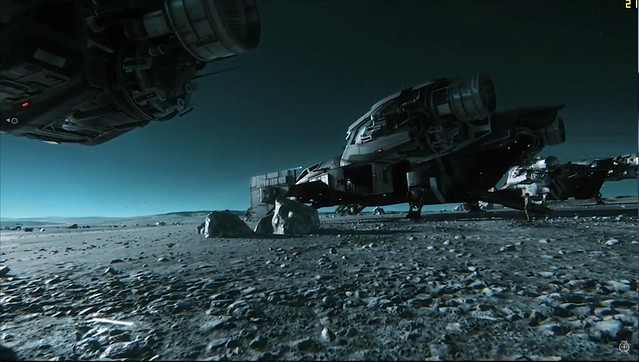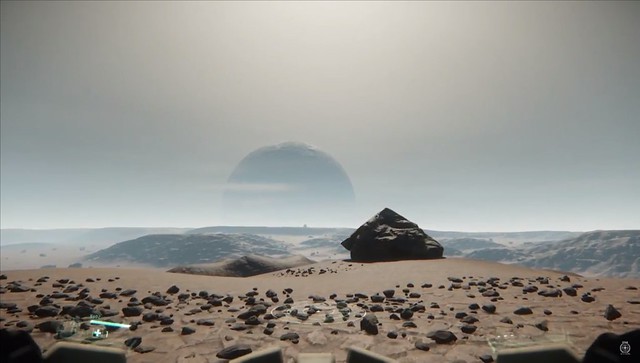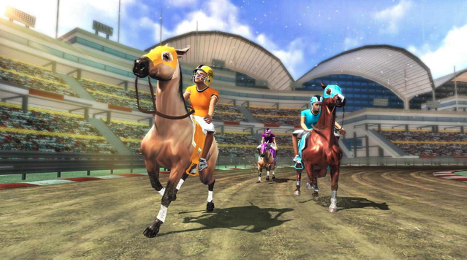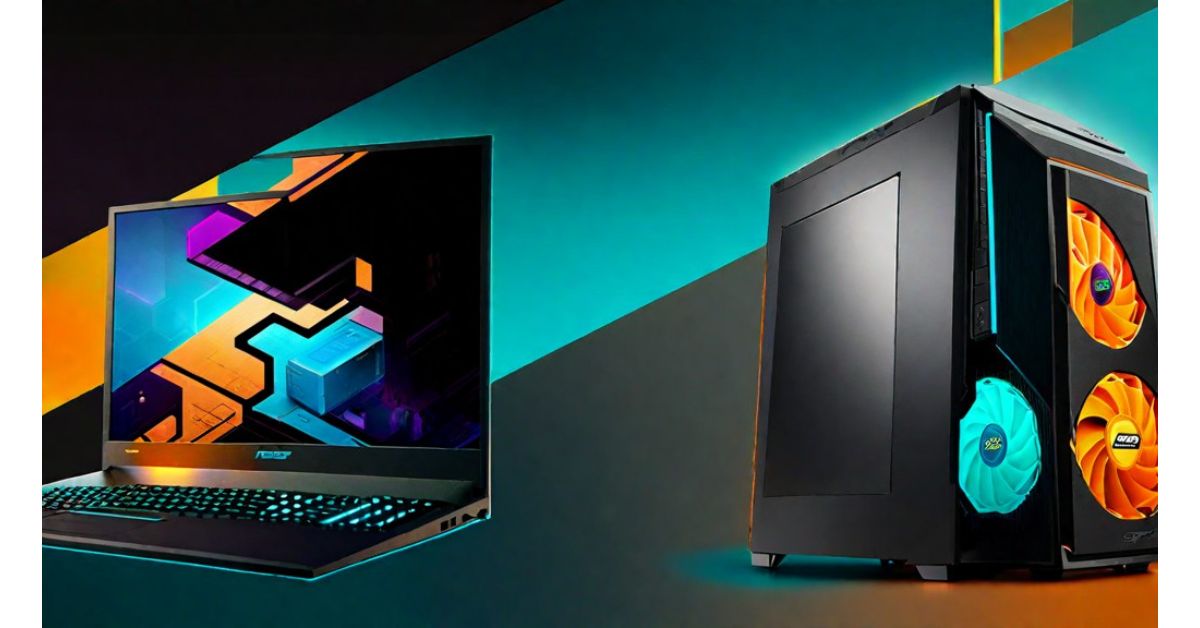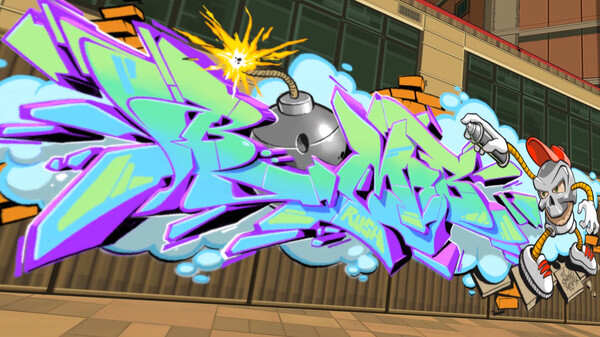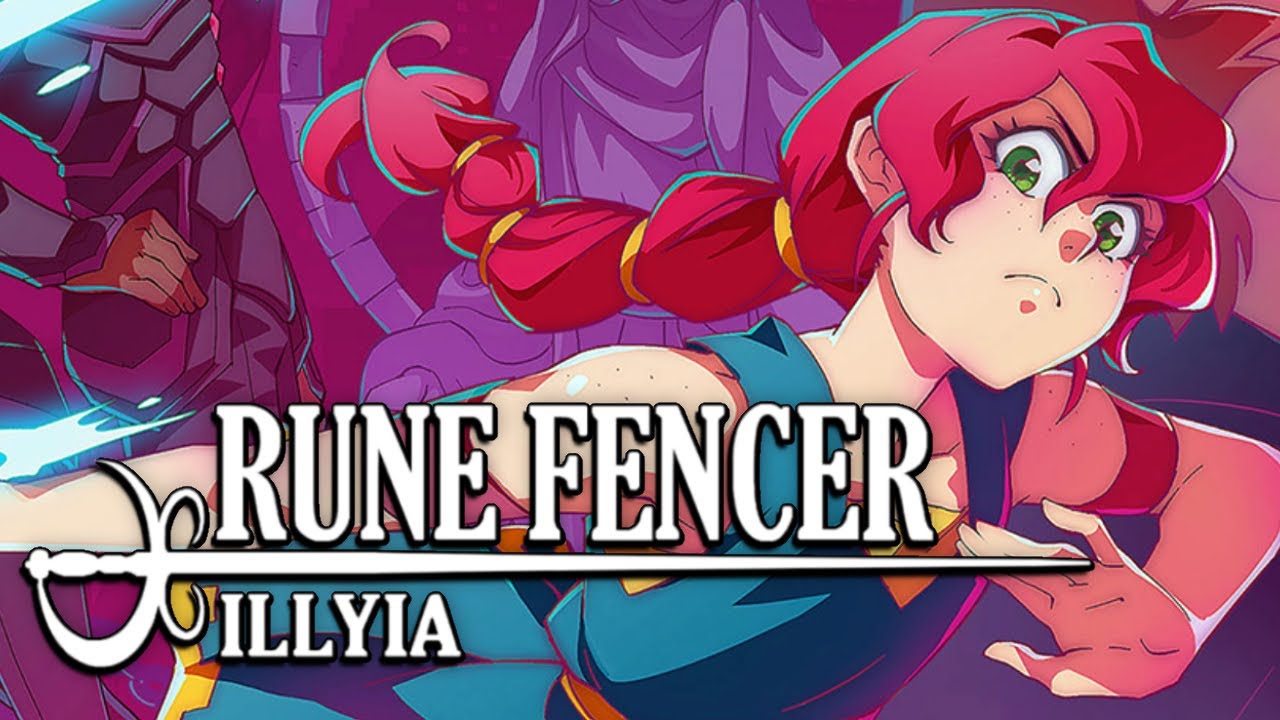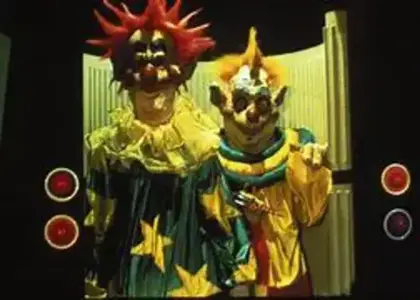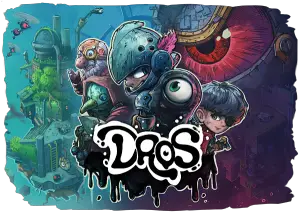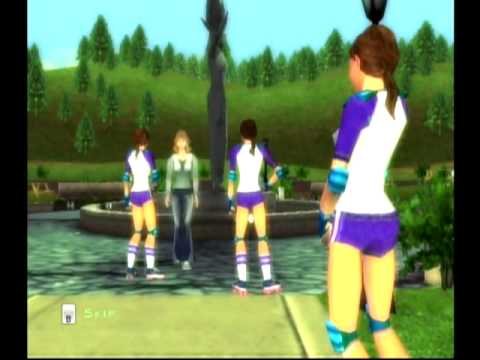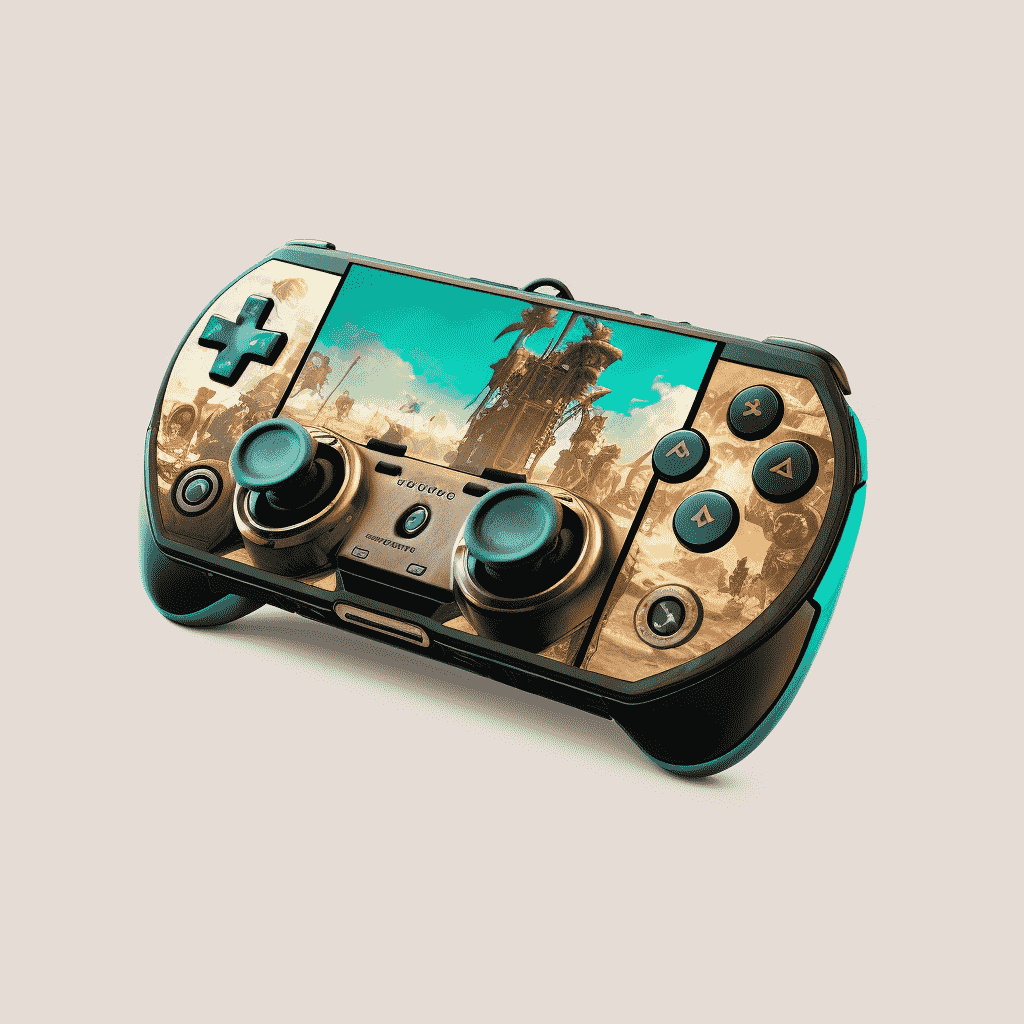According to the latest Around The Verse weekly development diary series for Star Citizen, the various studios working on the game have described where they are in development, how far out they are from alpha 3.0, and how some of the more complex systems in the game work, such as the procedural planet generation.
The video clocks in at a hefty half-hour, so if you have a lot of time to spare you can take a look, but if you don’t have a lot of time to spare you can stick to reading the article, which covers the key points discussed in the video below.
According to CIG, alpha 3.0 is moving on toward bug-fixing and finalizing the certification for release. Some of the things they’ve been working on getting finished includes the blackout, redout and other psychological effects that take place during intense space battles.
The instant knife takedowns are also being finished up and implemented for release in 3.0, along with door 2.0, which has also been completed. For door 2.0 in particular, it now works when interacting and working with other sub-systems available at various outposts, habitats and installations.
They’re refining the UI for the ship systems, as well as working on the personal holographic heads-up display, which has been one of the more taxing and highly prioritized features for alpha 3.0.
More Squadron 42 content is also still being worked on, including facial capture and questing setups to hook into the single-player portion of the game.
The procedural derelict quests are also being finalized for alpha 3.0, with positioning and aesthetics having the final touches being added in and prepped for release.
Of course, the biggest and most impressive aspect of this iteration of ATV centered around the procedural planet generation. According to Foundry 42 they can scale from a solar system down to the miniscule elements of a planet’s surface without a separate load screen. They accomplish this by using procedural on-demand texture and mesh memory pooling so that the moons and planets are generated on the fly as players get closer to the ground, after flying in from the mesopause.
Planets and moons dynamically scale according to the player’s position and distance from the surface, so there’s supposedly going to be a smooth transition from outer space to the inner atmosphere.
The Foundry 42 team worked for several months on researching and developing a ecological scattering system that remixes into the procedural planet tech. The texture mixing is also done in a very efficient way, with multiple texture materials that will blend and sample different lighting and color tones to create a completely unique look based on surfaces pulled and pooled together from a library of assets that the team have designed.
One of the things they explain is that there are no restriction in the player-space in Star Citizen, so there are no painted backgrounds or background assets at all. In a lot of games they usually have painted backgrounds called skyboxes, that can’t actually be reached – there’s a texture or maybe a giant vertex face with a texture on it hanging in the background like a puppet show. Few games have avoided this, including Painkiller, which actually allowed you to travel deep into the location present in the background, even though it looked like a static painting.
In the case of Star Citizen, everything you see in the foreground is actually there, and every place you see in the background is a place that you can actually go to, which includes the planets that you see looming in the background. Of course… you’ll need a ship to fly there.
One of the other things a lot of people probably question is how does the procedural planet generation work in a multiplayer shard? Well, the mesh is procedurally calculated server side via the CPU, and then it’s cached and seeded to players through the client. The texture assets are then loaded locally on the client’s PC via the GPU; they describe the planet generation as “extremely efficient”. I’m sure we’ll find out how efficient when the backers get their hands on it when alpha 3.0 rolls out.

